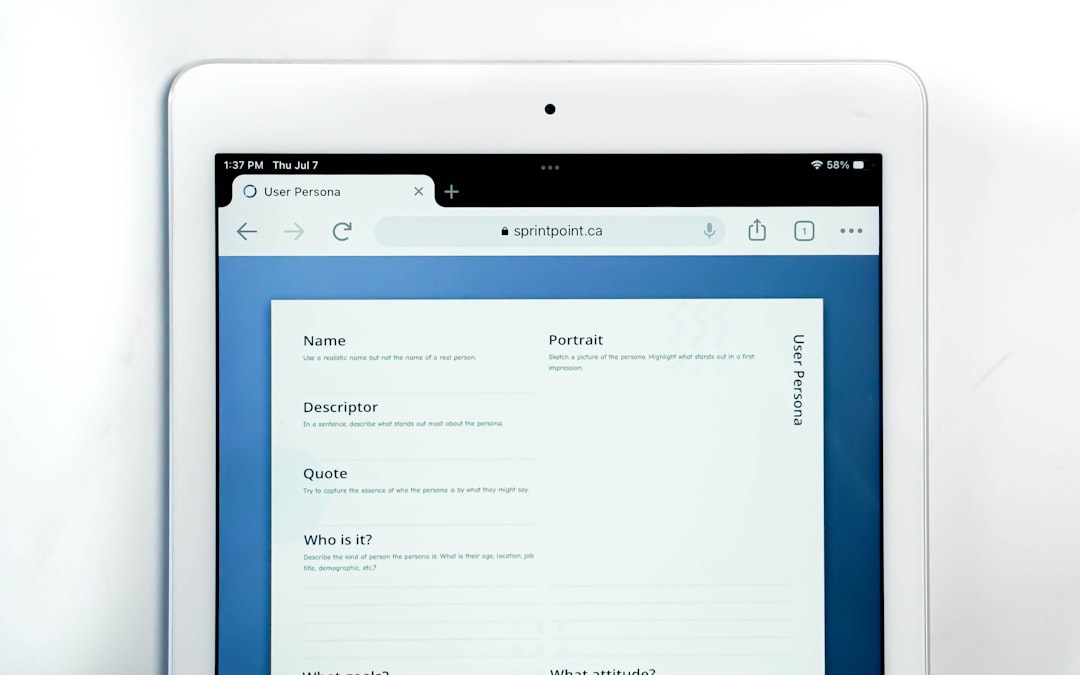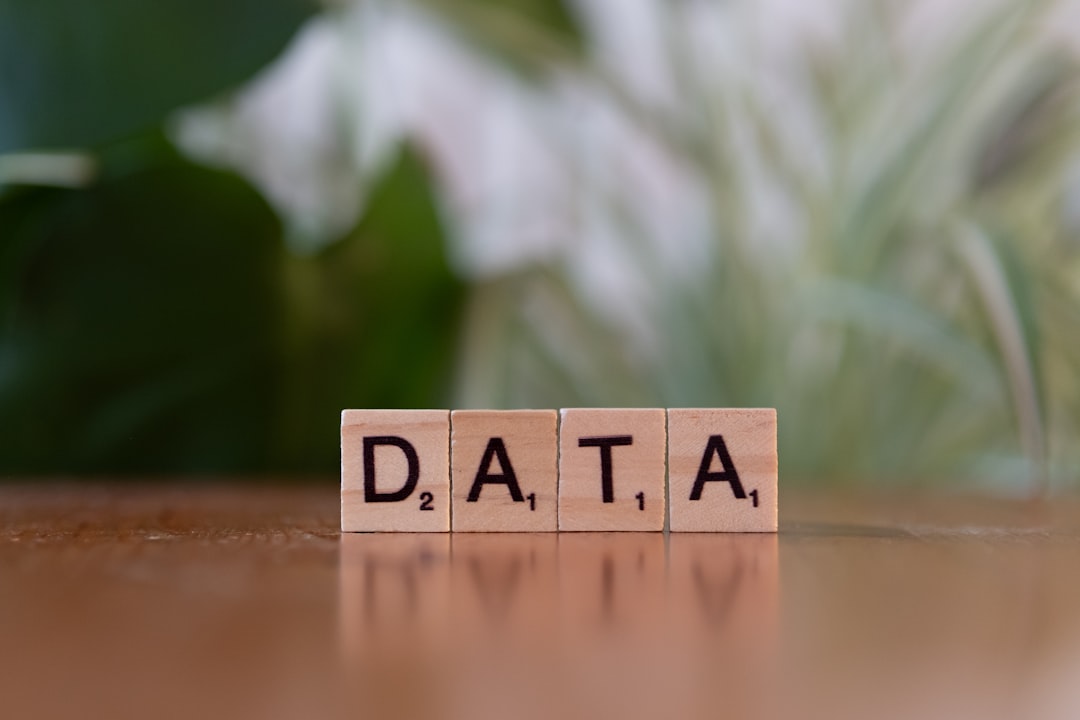In today’s digital age, video content reigns supreme across platforms—from social media to corporate websites. With the ever-growing volume and velocity of video being produced and consumed, analyzing its performance manually has become a daunting task. Fortunately, video AI tools are revolutionizing the way creators, marketers, and analysts understand and optimize their content.
What Are Video AI Tools?
Video AI tools leverage artificial intelligence and machine learning technologies to analyze visual, auditory, and contextual data within a video. These tools can automatically detect objects, facial expressions, spoken words, scene transitions, and more to provide meaningful insights. By automating and enhancing the analytical process, these tools help businesses and creators make data-driven decisions.
Key Benefits of Using Video AI Tools in Performance Analysis
Video AI tools offer several significant benefits that change the way performance analytics are approached:
- Automated Content Tagging: AI can detect elements like faces, landmarks, and brand logos. This streamlines content organization and helps in optimizing metadata for better searchability.
- Audience Engagement Tracking: Tools can monitor how users interact with a video, identifying moments of high engagement or drop-off points.
- Speech and Sentiment Analysis: AI can transcribe dialogues and analyze tone, helping assess audience perception and alignment with brand messaging.
- Scene and Object Recognition: By identifying specific scenes or objects, AI helps understand what visual elements attract more viewers.

Enhanced Video Editing and Optimization
Video AI tools don’t just analyze; they enable smarter editing. Editors receive suggestions on shortening durations, removing unengaging sections, or emphasizing high-performing visuals. This makes editing more objective and results-driven, especially useful for A/B testing snippets or improving content for future campaigns.
Real-Time Analytics and Predictive Insights
One of the groundbreaking applications of AI in video performance analysis is the ability to offer real-time analytics. Users can monitor how a video is performing the moment it is published across platforms. These tools provide metrics like:
- View-through rates
- Audience retention curves
- Emotion tracking over time
- Social engagement trends
Moreover, by using historical trends and user behavior models, video AI tools can offer predictive insights such as which types of content are likely to perform better with specific demographics.
Cross-Platform Integration
Modern video AI tools integrate seamlessly with platforms like YouTube, TikTok, Instagram, and enterprise CMS solutions. This integration allows users to monitor multiple data streams in one interface, providing a holistic view of video performance across the digital ecosystem.

Use Cases Across Industries
From entertainment to education and e-commerce, industries are adopting video AI analytics for varied applications:
- Media & Entertainment: Evaluate which trailer scenes resonate most with audiences.
- Retail & E-commerce: Understand how product demos impact buying decisions.
- Education: Analyze engagement levels in e-learning videos to improve teaching strategies.
- Corporate: Monitor engagement in internal training videos to enhance employee learning.
Frequently Asked Questions (FAQ)
-
What kind of videos can AI tools analyze?
Most AI tools can analyze a wide range of formats, including promotional videos, vlogs, educational content, interviews, and live streams. -
Are video AI tools accurate?
While no AI is perfect, many tools demonstrate high accuracy in detecting patterns, sentiments, and engagement metrics when trained with sufficient data. -
Can small creators benefit from using video AI tools?
Absolutely. Many tools are scalable and offer features suitable for both individuals and large enterprises. Small creators can gain insights that were once only available to large production houses. -
How is AI different from traditional analytics?
Unlike traditional analytics that rely on basic metrics like views and likes, AI tools go deeper by analyzing emotional tone, facial expressions, and audience behavior within the video.
In summary, video AI tools are no longer a futuristic luxury—they are a present-day necessity. By enabling real-time insights, automating content optimization, and providing in-depth behavioral analytics, these tools are becoming indispensable in the competitive world of digital video.


